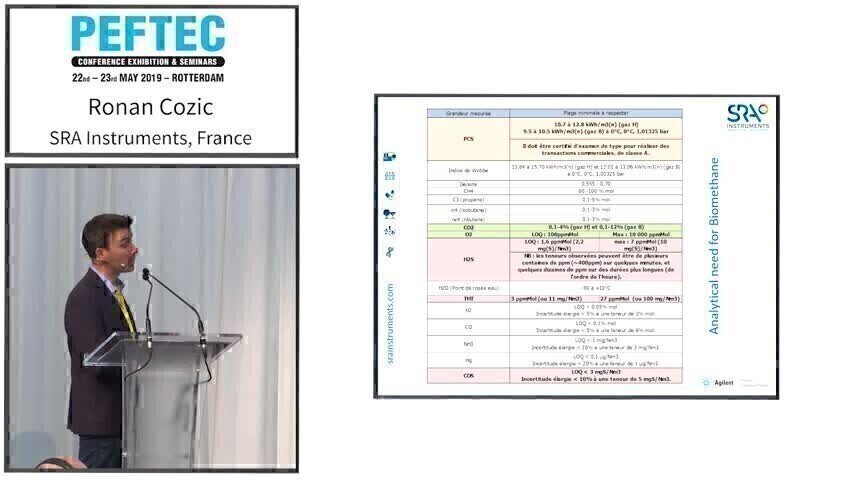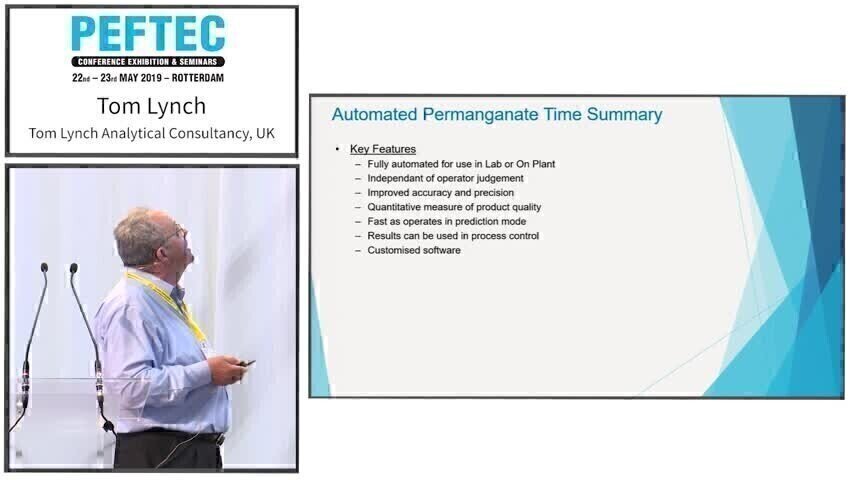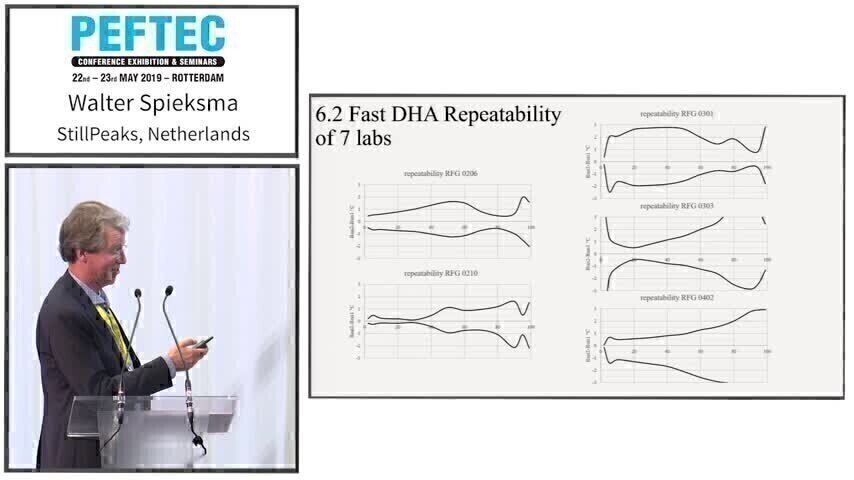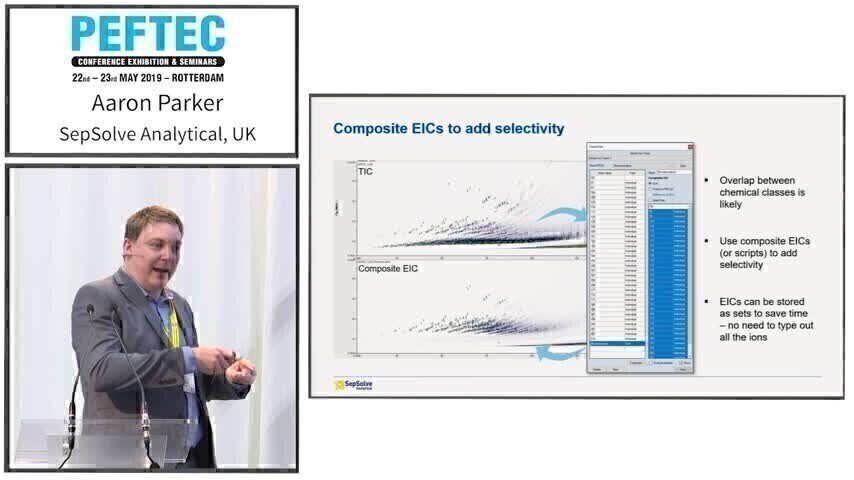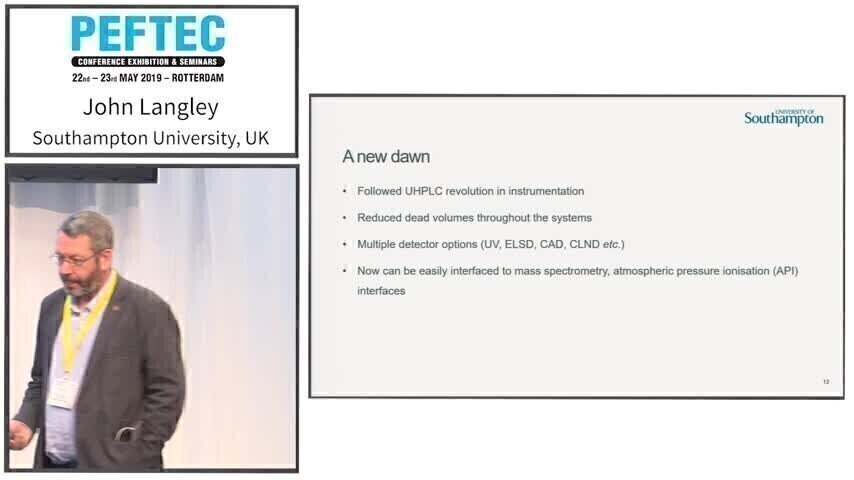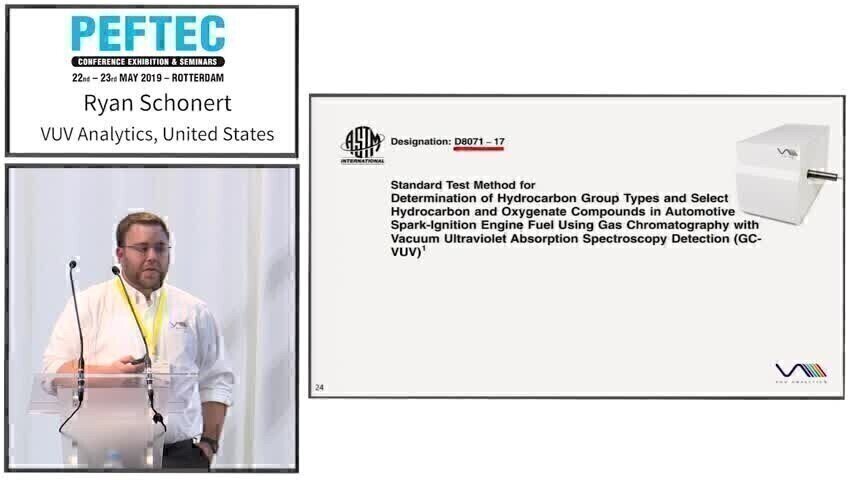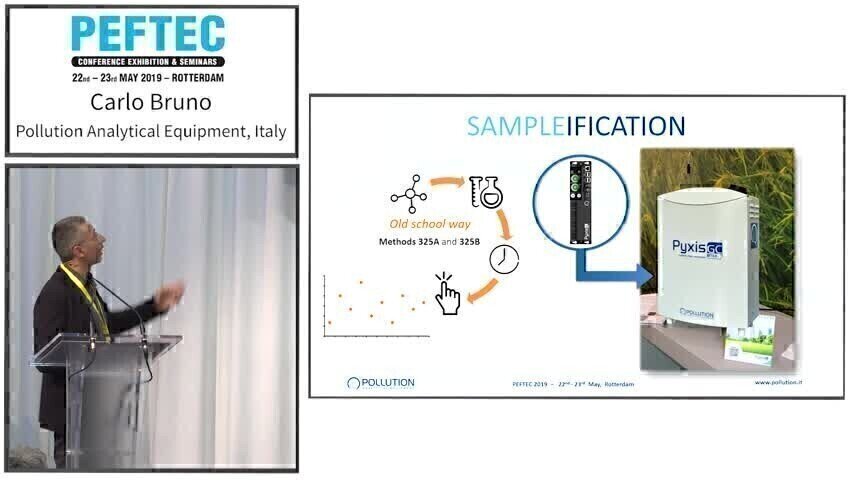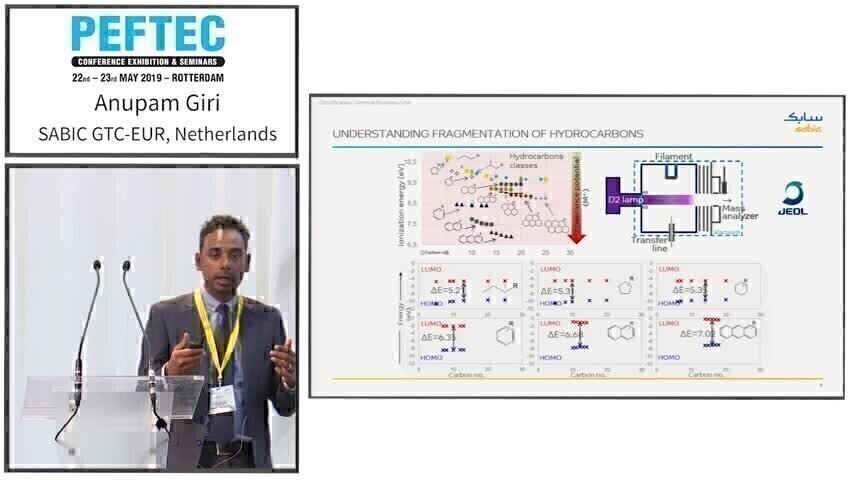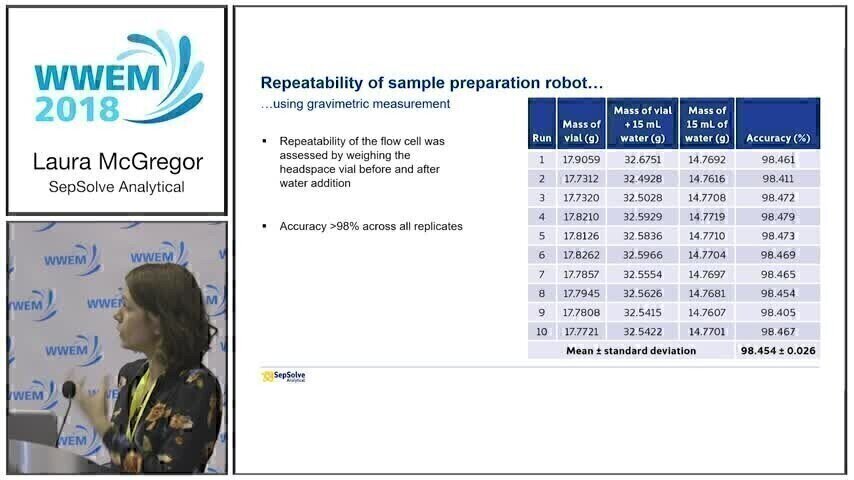E-Learning
Videos
Past Events
Comprehensive two-dimensional gas chromatography (GCxGC) has been proven to be an ideal platform for the analysis of complex mixtures, but the data processing aspect has a reputation as being difficult and time-consuming. GCxGC data exploration, filtering and mining need not be complex, and can be implemented in an environment that is based on classical peak detection algorithms and chromatographic rules. Here we will demonstrate simple yet effective GCxGC data processing for a range of...
Ultrahigh performance supercritical fluid chromatography (UHPSFC) coupled with mass spectrometry (MS) provides an agile and robust analytical platform to meet the challenge of analysis of complex petrochemical material. The selectivity afforded by the different SFC column technologies, mobiles phase and atmospheric pressure ionisation techniques provides approaches to reveal specific chemistries within the sample, with the added benefit of sample compatibility with the solvents used. The tech...
Non-traditional gasoline additives (NTGAs) like ethyl acetate are being researched as beneficial octane-booster replacements for ethanol and methyl tert-butyl ether. Other octane-enhancing NTGAs, including acetone and N-methylaniline which can degrade automobile engine performance, are sometimes used illegally in gasolines outside the United States and Europe. Unfortunately, monitoring programs relying on ASTM D6730 (Detailed Hydrocarbon Analysis) and ASTM 6839 (Multidimensional Gas Chromatog...
BTEX compounds (benzene, toluene, ethylbenzene and xylene) are a group of Volatile Organic Compound (VOCs) that are responsible for various environmental and human health problems. The key sources of VOCs are industrial processes (especially those involving solvents) vehicle emissions, leakage in underground storage tanks, pipeline leaks, surface spills, refinery facility leaks, vehicle and aircraft emissions, paints and adhesive Accurate and reliable BTEX testing is crucial not only in pr...
Structural elucidation of hydrocarbon classes, heteronates impurities and functional biomarkers in petroleum products are always in high demand. Sheer number of compounds in petrochemicals sample quickly exceeds the available peak capacity of single-column GC techniques. Consequently the use of multidimensional separation techniques is almost invariably required. Despite the superior separation afforded by GCxGC, the identification of individual compounds in complex petrochemicals remains cha...
Olefin content in refined gasolines needs to be kept low in order to prevent deposits from forming in fuel systems. These deposits will decrease the efficiency of engines or even prevent them from starting. Olefins as a class are reactive species – conjugated diolefins especially so – and will polymerize in high enough concentrations. Traditional methods to measure olefins, such as ASTM D1159 (bromine number by titration) and UOP-326 (maleic anhydride) are archaic, inefficient, and wide...
Current spot checks are no longer satisfactory to avoid the potential for high-level contamination of rivers or estuaries from industrial waste. Governing environmental bodies can impose heavy fines on companies that routinely exceed the set limits, and even reserve the right to shut down the liable plant. This produces a requirement for online monitoring of multiple outlet streams from the plant, before and after potential dilution points. Monitoring the river for contamination from other...
Recent advances in the sensitivity and selectivity and modern GC-MS instrumentation combined with the development of laboratory robotic systems have made it possible to miniaturise and automate traditional sample preparation methods without compromising compound limits of detection. In particular the application of fully automated Dispersive Liquid/Liquid Microextraction (DLLME) shows great promise for the extraction of a very wide range of organic pollutants from aqueous matrices. Combinatio...
An analytical testing laboratory in Spokane, Washington was poised for growth in a relatively new industry. However, the team quickly recognized that, with continued growth, they would need to look for ways to enhance the efficiency of their workflow. To address known, and perhaps unknown, issues, the team decided to consult with Agilent. Agilent, the maker of the lab’s analytical instruments, is known for assembling complete workflows and for its expertise in lab management, gained o...
This eLearning session is for anyone analyzing residual solvents or interested in quantitative GC-Headspace analyses. GC-Headspace is a powerful technique for the analysis of volatile compounds in neat samples or in a variety of matrices. A major use of GC-Headspace is the analysis of pharmaceutical drugs, as well as intermediates and excipients for the presence of residual solvents that may be left over from the manufacturing process. The sample that is analyzed by this t...
Digital Edition
Chromatography Today - Buyers' Guide 2022
October 2023
In This Edition Modern & Practical Applications - Accelerating ADC Development with Mass Spectrometry - Implementing High-Resolution Ion Mobility into Peptide Mapping Workflows Chromatogr...
View all digital editions
Events
Nov 12 2024 Tel Aviv, Israel
Nov 18 2024 Shanghai, China
Nov 18 2024 Plainsboro, NJ, USA
Nov 20 2024 Karachi, Pakistan
Feb 03 2025 Dubai, UAE

